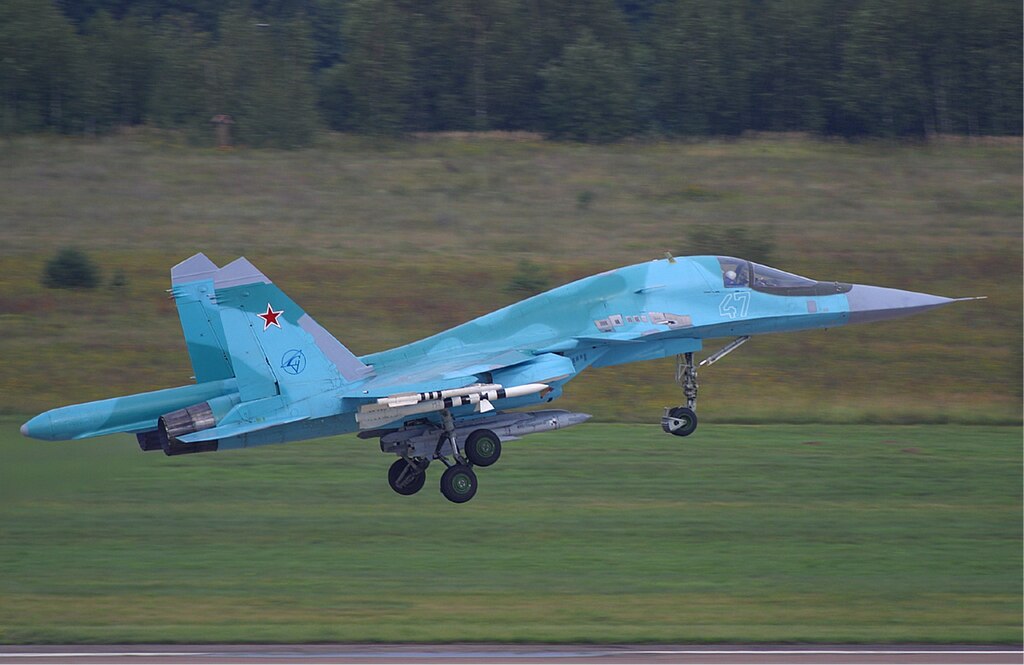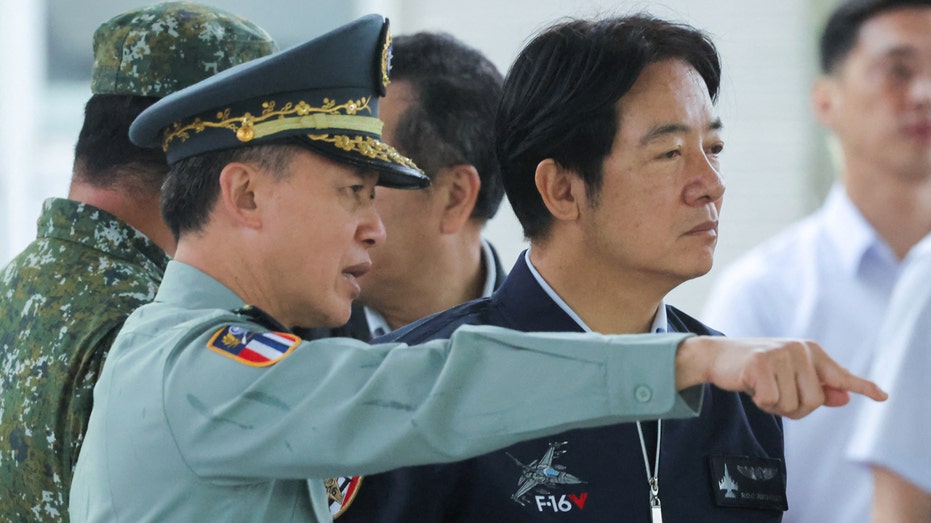Over 2,000 imported components found in Russian Su-series fighter jets – Ukraine intel
Russian fighter jet manufacturer Sukhoi uses electronic components from American companies like Texas Instruments and Analog Devices, as well as Japanese firm Murata Manufacturing.


Russia’s military-industrial complex remains heavily dependent on imported technologies, particularly for advanced weapon systems like fighter jets. An exclusive list obtained by Ukrainian intelligence from Russia’s domestic military suppliers reveals over 2,000 foreign electronic components used in the “brains” of Russian Su-series fighter jets, including models like the Su-27SM3, Su-30SM, Su-34, Su-35S, and the next-generation Su-57.
These fighter jets are carriers of missile and bomb armaments actively employed by Russia against Ukraine, such as the KAB-500, KAB-1500 air-launched bombs, and the Kh-59 and Kh-69 guided missiles. Recent attacks using these weapons have caused civilian casualties and damage in Ukrainian cities like Dnipro, Odesa, Kupiansk, and near the Trypilska thermal power plant.
Ukrainian journalists rom Skhemy collaborating with the Non-Governmental Anti-Corruption Commission obtained the list and found that Russian fighter jet manufacturer Sukhoi extensively uses electronic components from American companies like Texas Instruments and Analog Devices, as well as Japanese firm Murata Manufacturing. These components are critical for the navigation, missile guidance, electronic warfare, and communications systems of the aircraft.
This electronics is at the core of the navigation and missile/bomb guidance systems, electronic warfare capabilities, and communication links between the aircraft and control centers, said aviation expert Valerii Romanenko. He added that this has allowed Russian fighter jets to detect targets over 300 kilometers away, automatically track multiple targets, and greatly enhanced the situational awareness of Russian pilots.
While major suppliers like Murata have publicly stated their opposition to their products being used in weapons, the analysis shows that imports of Murata components into Russia have increased by 38% in 2022 and 12.7% in 2023 compared to pre-invasion levels.
The supply chain for these Western components often involves multiple intermediaries before reaching Russian factories, including firms from Hungary, Cyprus, Türkiye, China, and Russia itself, many of which have not been sanctioned. One newly established Russian importer called “Eksiton” has been identified as a key link connected to Russia’s military-industrial complex through its ownership structure and affiliations.
“Russia is adapting to sanctions. By sanctioning one company useful for Russia, the aggressor immediately creates ten new shell companies to perform the same tasks,” said Ahyia Zahrebelska from Ukraine’s National Agency for Corruption Prevention.
Experts warn that while sanctions force Russia to seek new suppliers and routes, potentially impacting quality, the Russian defense industry has stockpiled enough Western components for 2-3 years of production. However, by 2024, they may face shortages and intensify efforts to circumvent sanctions through new channels.
The EU has recently introduced criminal liability for sanction evasion, with penalties of up to 5 years in prison for individuals or companies proven to be involved. Ukraine’s intelligence services plan to share the component list with international partners to support further export control and sanction enforcement efforts against Russia’s military-industrial complex.
Texas Instruments: This American company’s components have been found in various Russian military equipment and Iranian-made drones. Texas Instruments was noted for its parts being used in Russian electronic warfare systems and Shahed drones, which were examined after being shot down over Ukraine. Despite controversies, Texas Instruments promised to remove all references to Russia from its website, although some references remained for a time.
Analog Devices: Similar to Texas Instruments, Analog Devices’ chips have been used in Russia’s Krasukha-4 jamming station, which is part of Russia’s electronic warfare arsenal. This equipment has been involved in operations that potentially include jamming drone control channels and satellite signals.
Murata Manufacturing: This Japanese firm’s chips were found in the Vitebsk electronic protection system used in Russian helicopters.
Read also:
- Minister: Ukraine matches Russia in production of Shahed drone analog
- Russo-Ukrainian war, day 733: Ukraine withdraws from Lastochkyne near Avdiivka
- New model of kamikaze drones set for mass production in Ukraine after successful tests
- FT: Russia still imports one-third of essential war tech from Western companies
- Ukraine finds components from at least 13 US companies in a single Iranian drone
- Russia buys US-made components for electronic warfare systems through Chinese, Turkish companies – Russian media
- How to cut off the oxygen to Russia’s war machine


